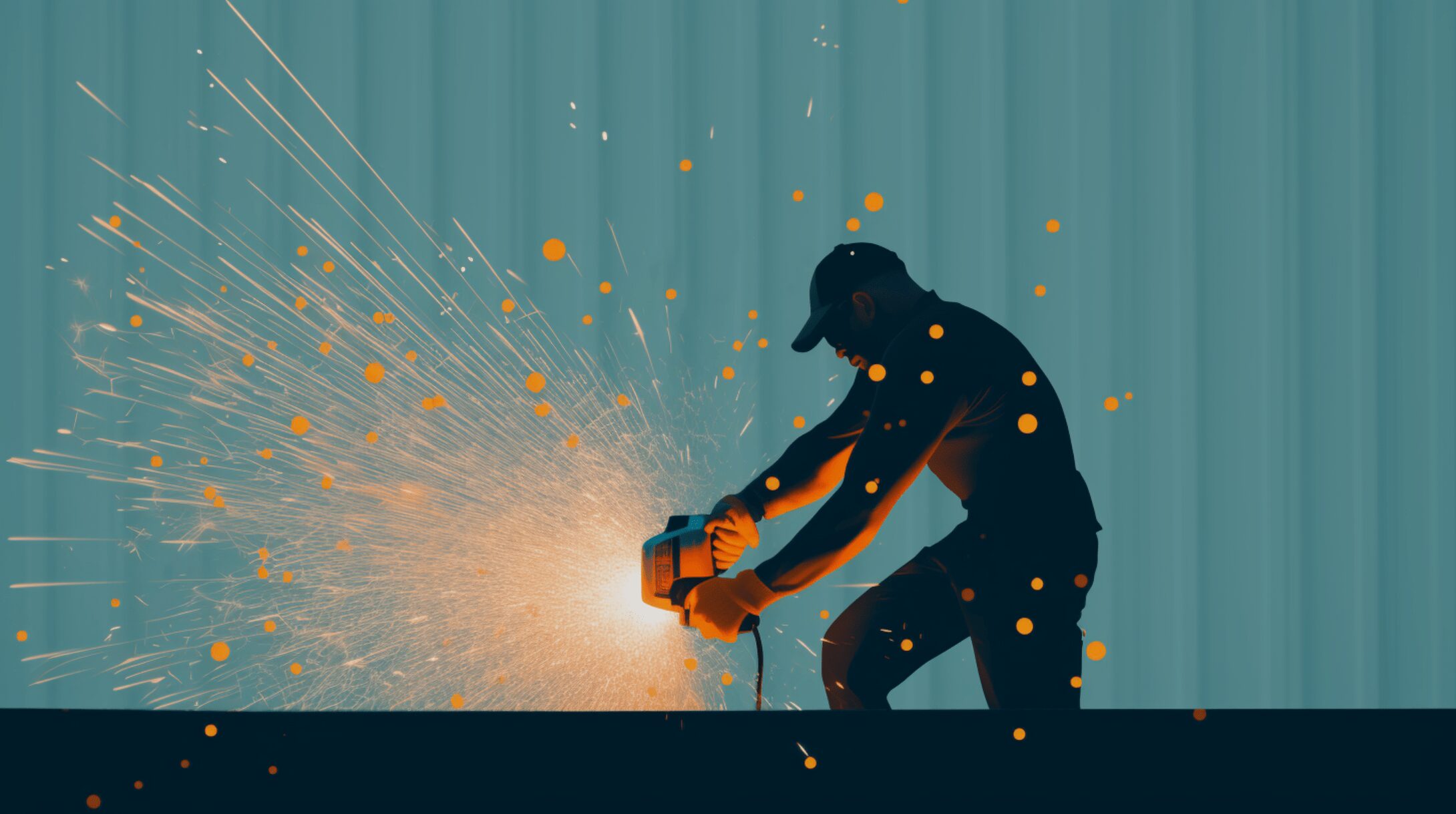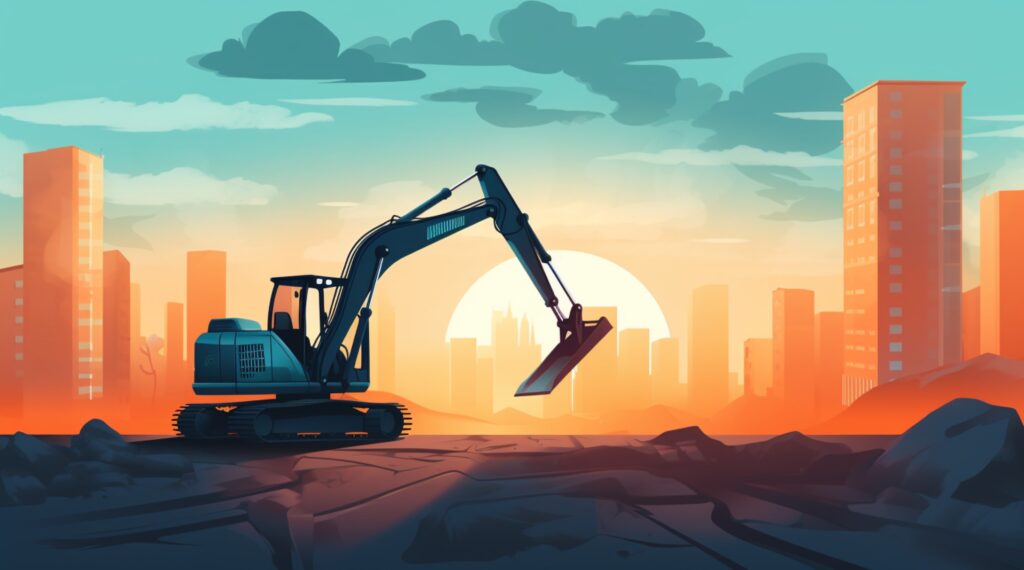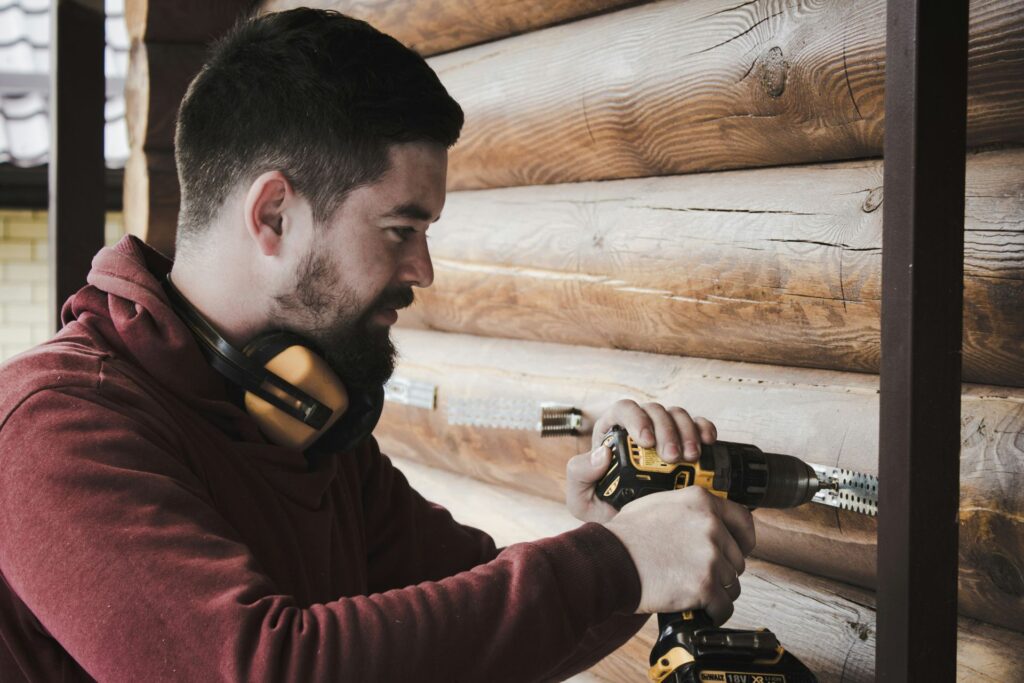
We are reader-supported. When you buy through links on our site, we may earn an affiliate commission.
You might be rusty on the OSHA requirements you learned when studying for your general contractor’s license if you’ve been in the field for a while. Unfortunately, being human doesn’t exonerate you from responsibility should OSHA violations occur on one of your job sites. Failure to prevent these hazards can lead to costly lawsuits that can devastate your livelihood.
It’s smart to take a quick refresher now and then. Here are nine OSHA violations that general contractors should prevent.
1. Falls
Fall violations round out the top ten OSHA violations general contractors should prevent. They fall into two broad categories, fall protection and fall prevention training requirements.
Fall Protection
Falls can happen in numerous ways on job sites. 29 CFR 1926.501 sets out various responsibilities employers must meet, including requirements for unprotected sides and edges, leading edges and holes. These rules apply to all employees six feet or more above ground level.
Contractors can take care to inspect all equipment used for such builds. Furthermore, employers must ensure all workers wear hard hats to prevent falling objects from above from causing injury.
Fall Prevention Training Requirements
29 CFR 1926.503 specifies the training requirements employers have. They must introduce workers to the various fall hazards on the job site and review procedures for erecting, maintaining, dissembling and storing fall-prevention equipment. It should also cover the use of safety monitoring systems, handling materials on sloped roofs and preventing injury from overhead falling objects.
2. Hazard Communication
Many general contractors use various hazardous chemicals during the construction process. OSHA requires you to communicate the safety and health risks of such materials to all workers and provide guidance on what to do in an emergency.
General contractors know to keep containers holding these materials clearly labeled and stored. Signs should indicate their presence, and workers and customers should receive printed safety data sheets.
3. Respiratory Protection
Personal protective equipment also falls into several categories. 29 CFR 1910.134 deals with controlling occupational diseases caused by exposure to contaminated air. While this rule originally applied to harmful dust, fog, fumes and vapors, COVID-19 threw in a new wrinkle.
While PPE shortages existed in the pandemic’s initial months, OSHA allowed employers to seek relief under guidance allowing temporary masks instead of proper respirators. However, contractors should know this exception is limited, and they’re no longer likely to qualify, given vaccines and the increased availability of these items.
4. Scaffolding
OSHA requires that scaffolds support their weight and at least four times that of the anticipated load without failing. Fatal accidents often occur when planks and flooring collapse or defective setups lead to slip-and-falls.
Employers should inspect all scaffolding each day. This process must include checking guardrails and harnesses for all workers ten feet or more above ground level.
5. Ladders
Improper ladder use likewise leads to multiple injuries, sometimes deaths, each year. According to the CDC, construction workers make up half the fatal ladder accidents every year.
Employers and crew chiefs need to ensure all workers select the right ladder for the job — no balancing on the step that clearly reads, “Do not use as a step.” Ladders must remain in three points of contact at all times at the construction site. They should secure those not in use to prevent tripping accidents.
6. Powered Trucks
Work trucks are a common sight on nearly any job site. However, forklifts, platform lifts and cranes carry considerable safety hazards. All workers using such equipment must be trained and certified per 29 CFR 1910.178.
One of the most frequent accidents involving this equipment involves operators striking pedestrians. Here’s one spot where a no-cellphones rule makes sense for safety reasons. Best practices dictate that workers should leave their personal devices elsewhere when operating such equipment and receive training on walkie-talkies or other onsite communication gadgets they may wear during operation.
7. Machinery and Machine Guarding
Many pieces of heavy equipment can crush the unsuspecting limb that strays into them. Employers must ensure that safeguards like barrier guards, 2-hand tripping devices and electronic safety mechanisms are used properly every time workers operate such equipment.
Employers must also train workers to install, operate and dismantle removable guard devices. They should also guide what PPE to wear and insist upon its use.
8. Control of Hazardous Energy/Lockout/Tagout
Performing maintenance on machines can be hazardous if someone accidentally turns them on or off during the operation. For example, electrocution accounts for 9% of all construction deaths, many of which may have been prevented by turning off the breaker box.
Such accidents can also occur due to chemicals released by such equipment. For example, acid burns can cause severe injury, even death.
9. Personal Protective Equipment, Eyes and Face
Here’s the second PPE category. Tasks such as welding or working around bright lights require additional protection. Workers need to safeguard their faces and eyes, and their employer must provide the necessary equipment and guidance for doing so.
Furthermore, if workers wear corrective lenses, employers must ensure their eye guards cover the staff member’s glasses. Job sites requiring eye protection must also have eyewash stations and first aid training.
OSHA Violations General Contractors Should Prevent
OSHA violations can devastate a construction company, even driving it out of business. However, most owners who spend considerable time in the field forget some of their varied responsibilities.
It’s vital to brush up on your knowledge now and then. Review this guide to OSHA violations general contractors should prevent and stay in compliance.










